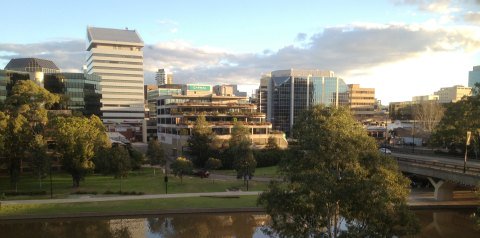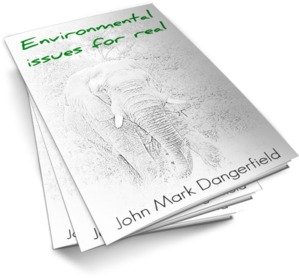Home | About CCW | Contact Us | Climate change Meaning | Causes | Solutions | Emissions | Carbon trading
CCS
CCS, or carbon capture and storage, is the engineering solution to reducing greenhouse gas emissions. As a solution for global warming this is an emission reduction approach that assumes fewer emissions will slow the greenhouse effect and result in less global warming.
It requires mechanical options to capture carbon dioxide released from the industrial burning of coal or gas and then storing that CO2 to prevent it reaching the atmosphere.
The easiest storage option being to pump liquid CO2 deep into the ground.
It is a simple idea with the potential to reduce emissions from fossil fuel based energy generation that currently makes up nearly half of the global greenhouse gas emissions from human activity.
Many industrialised nations have chosen carbon capture and storage as one of the solutions to medium and long term emission reduction targets.
For example, in the modelling by the Australian government, CCS is pivotal to meeting even modest reduction targets. Emission projections assume retrofitting of existing coal-fired power stations and the requirement for any new facility to have CO2 capture built in.
Naturally the models assume that the technology is some way off full implementation and so look to offset credit purchases to buffer gross emissions in the medium term.
Whilst there have been technologies installed in modern power stations to remove soot and pollutants, there is still work to do to achieve technologies to also remove CO2. So far there are some pilot facilities but no full roll out expected anytime soon, especially for retrofits of existing facilities.
It is very expensive to design, test and build the technology. The uncertainty in both the carbon markets and future of the Kyoto protocol has made investors wary.
Some governments remain committed but the cost is daunting and the risk high.
The NIMBY problem
Carbon capture and storage suffers from the NIMBY problem — not in my back yard
Injecting volumes of CO2 into deep rocks may sound safe enough, but we are not sure. Not even the engineers can give an unequivocal gaurantee of safety.
Replacing CO2 into voids left after the extraction of natural gas makes sense — almost a replacement of like with like — only these sites are rarely where they are needed. Not too many power stations are built next to the mines or well fields that supply the coal and gas they burn and transporting both fuel and waste adds to the cost of generation.
Pumping into rocks risks them splitting or become unstable when injected with significant volumes of liquid CO2. Images from earthquake regions are enough to make anyone wary of making the earth's crust unstable.
These risks are often too much for local environmental groups who are quickly into lobbying against any storage in rocks in their area. Once sites are proposed you don't need green groups to make a noise, the locals soon complain loudly, and rightly so.
Unless a technology is proven neighborhoods shouldn't be test sites.
In the end the CO2 storage issue is a similar situation to nuclear waste. Nobody wants to have it nearby.
Is engineering just too hard?
There are many challenges with this high-end engineering solution to emission reduction that include:
- technology development
- proving that the technology will work
- rolling out the technology to existing facilities
- cost
- the NIMBY issue
The problem is that carbon capture and storage is the only way to retain fossil fuel based energy generation and still meet emission reduction targets.
Each day another 38 million tCO2e reaches the atmosphere from coal-fired power stations across the world. That is roughly the amount that Switzerland produces from all sources in an entire year.
Engineering with CCS is hard but potentially unavoidable if we are serious about meeting emission reduction targets.
Related pages on climate change wisdom:
climate change wisdom › warming › CCS
More reading from CCW
Environmental Issues for Real by Dr J. Mark Dangerfield looks at some of the obvious, and some of the not so obvious, challenges for a growing human population living as we do in a finite world.
Only this time it's not about the impending disasters or the guilt or the blame.
This time, it’s 10 brief essays that are about the bigger picture. In less than an hour you could glimpse something different, a view that we can only see when we take a fresh look.
Download your copy at Smashwords
Recent Articles
-
Reducing emissions while looking for solutions...
Nov 01, 15 04:46 PM
I've seen a lot of post's online for ideas on reducing emissions. The one suggestion I have not seen, is the most obvious. There should be a government -
Climate change evidence
Mar 24, 15 06:22 AM
Real climate change evidence has to demonstrate a change in climate. An extra sunny day or a severe storm or a flood is not enough. -
The climate change effect
Feb 19, 15 03:08 AM
What will be the climate change effect? There isn't one, there are many. Perhaps too many for us to understand.





New! Comments
Have your say about what you just read! Leave me a comment in the box below.